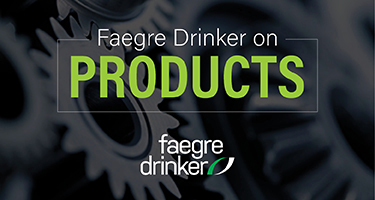In this age of exorbitant costs and increasingly high stakes in civil litigation, a robust summary judgment mechanism – one capable of terminating cases lacking in merit long before the extraordinary expense of final trial preparation and trial – is simply critical to a properly functioning civil litigation system.
Recently, Division 8 of the Second Appellate District, California Court of Appeal did its part by contributing to several ongoing debates in California law related to the admissibility of expert declarations offered to oppose motions for summary judgment. Fernandez v. Alexander, 2019 WL 336517 (Jan. 28, 2019)(certified for publication). The court weighed in, at least implicitly, on these important issues:

